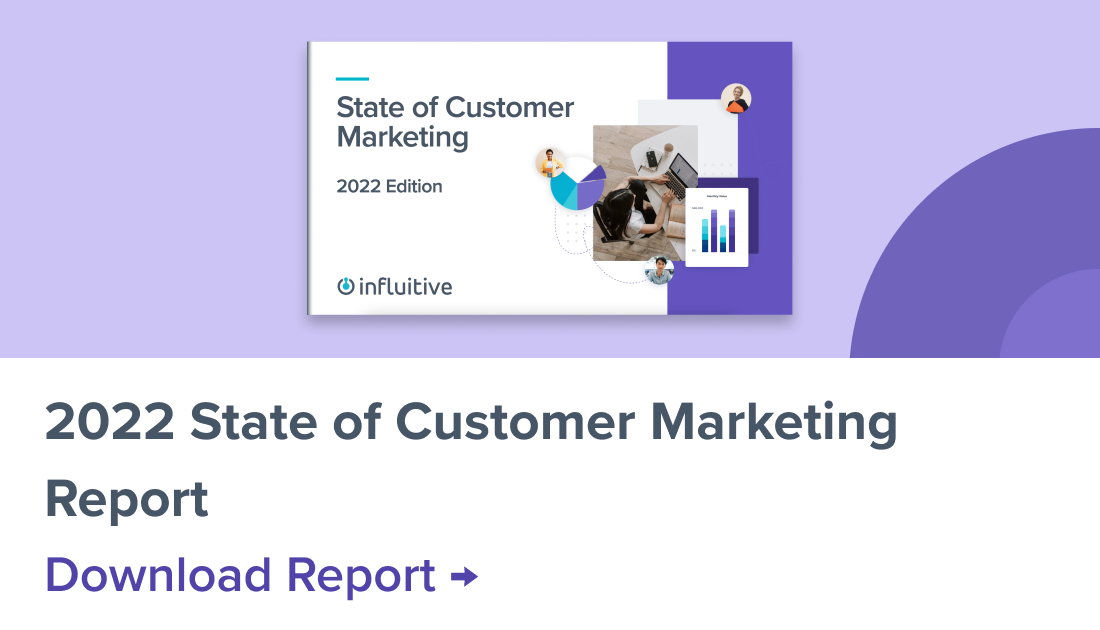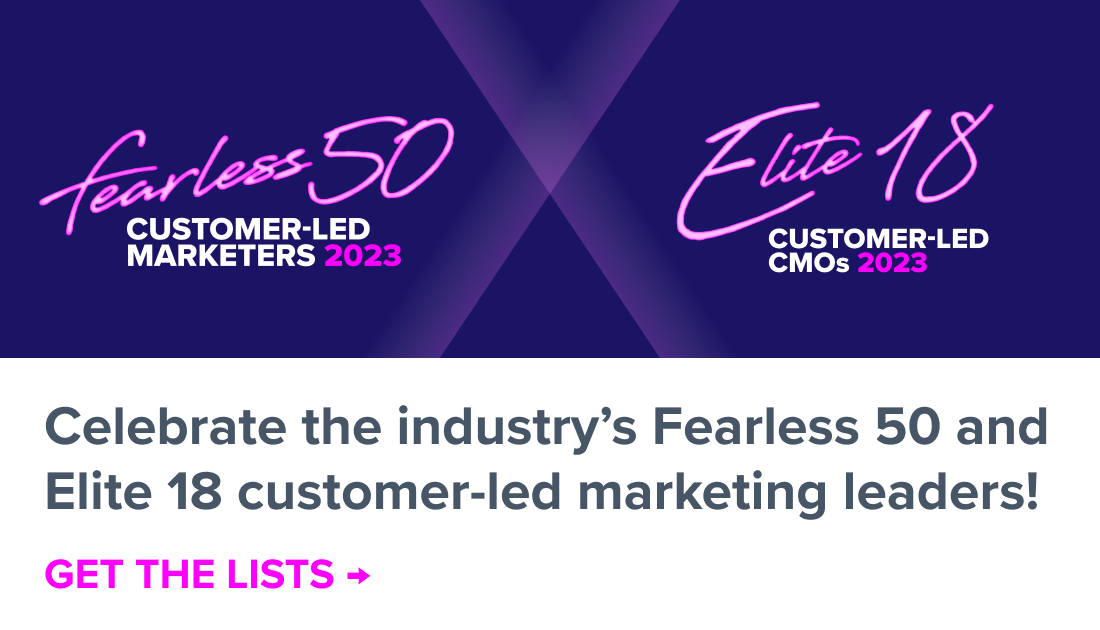Dear content marketers: no one believes your brand’s messaging.
However, they do believe influencers—we’re talking about pros in your field with whom you’ve established a genuine connection. (Not Kim Kardashian!)
But how do you get them to help you spread your message—especially if you don’t have a huge budget to buy their affection?
Lee Odden, co-founder and CEO of TopRank Marketing, joined our Content Marketing Mentor Summit to discuss how to turn influencers into lifelong advocates for your brand. He also dove into how to combine influencer marketing strategies with advocacy strategies to make your content the best it can be.
Watch our interview with him below, or read on for our summary.
Why influencer marketing doesn’t mean hiring Kim Kardashian
Lee famously said that content wasn’t the king, it was the kingdom—by which he meant it ties into every facet of your digital strategy by necessity.
However, companies have created such a surplus of content that most of it never gets the engagement it deserves. (See Mark Schaefer’s concept of content shock for more on this.)
Of course, getting attention is also tough because brands often focus on “beating their chests about features and benefits,” says Lee, instead of creating content that empathizes with their prospects’ problems (like customer stories).
This why the true ruler of the content kingdom has become influencers. Why? They’re real, relatable people—not a faceless brand. “People are influential for a reason,” says Lee.
After all, content doesn’t exist in a vacuum. If people see a familiar face on your blog, they’re more likely to click through. Whether it’s for their demand expertise or just their style of writing, people believe what influencers have to say.
However, not all influencers are created equal. As the recent Fyre Festival fiasco shows, choosing influencers who have no personal stake in your brand to help you market can easily backfire—and make your brand even less credible.
How to get influencers to become advocates
So, how do you find the right kind of influencer for you? Although it’s tempting to connect the idea of influencer marketing with celebrities, Lee says it’s a little more complicated than that.
The first step is “to find people who are already talking about your brand,” says Lee. You can find these vocal advocates by using social listening platforms, or by looking at programs you already run.
He also recommends harnessing the power of employee advocacy and identifying your internal advocates, which he calls “an untapped resource” in influencer marketing.
Once you’ve identified which influencers are right for your brand, Lee says it’s crucial to lead with value in order to get them hooked. A common mistake in influencer marketing is asking too much, too fast. Much like how you wouldn’t ask someone you’d never met to marry you, it makes no sense to ask an influencer to help you promote something if you’ve never spoken to them. “If they don’t care, nothing’s going to happen,” says Lee.
Instead, you need to create a win-win situation for your company and the influencer. “Think about what is it that they’re not getting in their current situation that your brand could deliver to them, while satisfying your brand objectives at the same time,” says Lee.
It’s also important to consider which kinds of influencers you’re reaching out to. According to Lee, there are three main types:
- Celebrities, who are few and far between in the B2B world
- Professionals, or “brandividuals”, who are professional keynote speakers or authors who want to continue building visibility (think someone like Sujan Patel)
- Niche influencers, who have a smaller community but who have a lot of passion about their field
Lee highlights the third group as a likely breeding ground for brand advocates. “If you can tap into [their passion projects], you can invite them to become a part of a content collaboration project that advances their cause while advancing [your] brand’s cause at the same time,” he points out.
The three types of influencer marketing content
Once you’ve determined who you want to reach out to, it’s time to specify what you’re going to ask them. Lee splits influencer asks into three main categories: micro-content, campaigns, and communities, in ascending order of complexity.
- Micro-content refers to the easiest asks, such as a quote or permission to use content they’ve already created.
- In campaigns, your influencers (or your advocates) provide the majority of the content and are actively sharing it within their networks. (For an example of a successful user-generated content campaign, check out our eBook.)
- Communities are “a defined group of influencers that you’ve invited to become part of something, and they are aware of each other as a group”.
Ultimately, however, whichever kind of content and type of influencer you select, the value in creating content with them should be equal between all your stakeholders.
As Lee says, “Audiences win because they’re getting useful stuff from people they trust. Brands are getting great exposure to audiences they might not otherwise be able to connect to, and the influencers are getting exposure, or they’re getting lots of warm fuzzies because they’re making something great that their peers recognize and appreciate them for.”










































